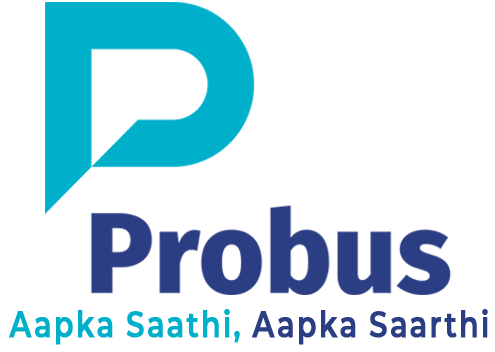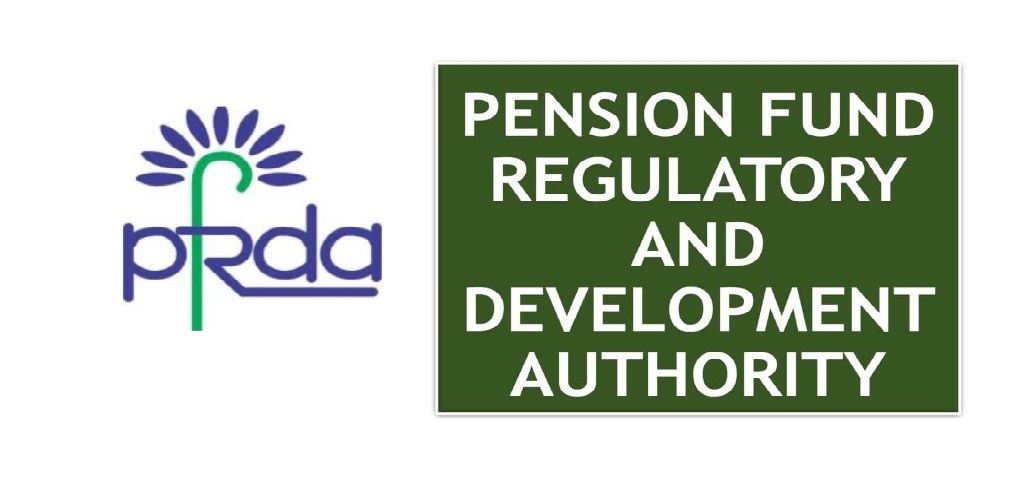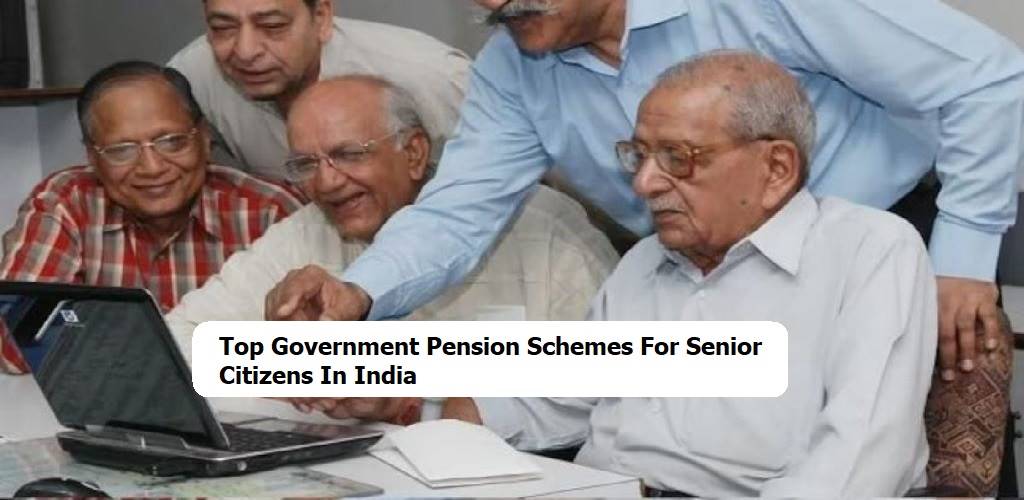Are you worried about having enough money when you retire?
You’re not alone!
Many people fear they won’t have enough savings to enjoy their golden years. That’s where the Pension Fund Regulatory and Development Authority (PFRDA) steps in. Established to safeguard retirement savings, the PFRDA plays a vital role in shaping India’s pension landscape. Whether you’re just starting your career or nearing retirement, the organization aims to ensure everyone has a secure and comfortable future.
Imagine enjoying your retirement without financial stress, traveling, or spending time with loved ones! So let’s take a closer look at how this important organization is helping people to secure a brighter, worry-free future!
What’s the Pension Fund Regulatory and Development Authority (PFRDA)?
The Pension Fund Regulatory and Development Authority (PFRDA) is an important organization in India that helps people save for retirement. Established in 2003, its main goal is to promote and regulate the country’s pension industry. Initially created just for government employees, PFRDA later opened its doors to all Indian citizens, non-resident Indians (NRIs), and self-employed individuals.
Before PFRDA, there was the Interim Pension Fund Regulatory & Development Authority (IPRDA), which provided a temporary solution. In 2013, the PFRDA became a permanent act after receiving the President’s approval. By 2014, it gained full independence and has been working to protect your pension savings ever since.
What are the Primary Objectives of PFRDA?
The Pension Fund Regulatory and Development Authority (PFRDA) has important goals to make sure India’s pension sector works well and safely. Let’s break down these objectives in simple terms:
Regulating NPS and Pension Schemes:
One of the PFRDA’s main jobs is overseeing the National Pension System (NPS) and other pension schemes, such as the Atal Pension Yojana (APY). Think of the NPS as a savings plan for your retirement. PFRDA makes rules and guidelines that help these systems run smoothly. This ensures that people can trust these pension plans and feel confident about saving for their future.
Establishing and Regulating Pension Funds:
PFRDA also plays a crucial role in creating and managing pension funds, which are pools of money that help people save for retirement.
By establishing and regulating these funds, PFRDA helps ensure their safety and stability. This means that when people retire, they can rely on the money they’ve saved to support them in their later years.
Protecting Subscriber Interests:
One of the key aims of PFRDA is to protect the interests of those who contribute to pension funds, called subscribers. PFRDA sets up rules to ensure that the rights and benefits of these contributors are safeguarded.
This means that if you save money in a pension fund, PFRDA works to make sure your money is secure and that you receive the benefits you’re promised when you retire.
Registration and Regulation of Intermediaries:
In the pension world, many people and companies help manage funds and provide services. These are known as intermediaries. PFRDA is responsible for registering and regulating these intermediaries. This oversight is important to maintaining high standards in the industry. It ensures that these organizations operate fairly and ethically, protecting the interests of subscribers.
Approval of Schemes and Norms:
The organization also has the authority to approve various pension schemes and set the rules for how they should work. This includes deciding the terms and conditions for managing pension funds.
By establishing clear norms, PFRDA helps maintain transparency. This means that everyone can understand how their money is being managed and what to expect from their pension plans.
Establishing Grievance Redressal Mechanisms:
Sometimes, things can go wrong, and people may have concerns about their pension funds. The organization is committed to providing ways for subscribers to address their issues.
They establish grievance redressal mechanisms, which are systems that help solve problems and disputes. If a subscriber has a complaint or concern, they can turn to PFRDA for help. This support is vital to ensuring that subscribers feel heard and valued.
Promoting Professional Organizations:
Another important objective of PFRDA is to promote professional organizations related to the pension system. By encouraging these organizations, PFRDA helps create an environment where experts can collaborate and share knowledge. This leads to better practices in the pension industry and ultimately benefits everyone involved.
Major Functions of PFRDA
The PFRDA has several important functions that help manage India’s pension system. Let’s take a closer look at some of them:
Educating Subscribers and the Public:
One of PFRDA’s key roles is to educate people about pensions and retirement savings. This includes providing information about how to save for retirement, the importance of planning, and the various options available. The organization undertakes campaigns and programs to raise awareness among subscribers and the general public.
Additionally, it also trains intermediaries. This training helps intermediaries provide better service to subscribers, making it easier for everyone to understand their pension options.
Providing Unregulated Pension Schemes:
PFRDA has the authority to introduce and provide pension schemes that are not covered by any other laws. This means that if a new type of pension plan is needed, PFRDA can create it. By doing this, they expand the options available to people looking to save for retirement.
Having a variety of pension schemes means that individuals can find a plan that best suits their financial situation and goals. This flexibility is important as it encourages more people to participate in saving for their future.
Keeping Costs Reasonable:
PFRDA also plays a crucial role in ensuring that the costs associated with managing pension funds are reasonable and economical. This means they monitor the fees and charges that intermediaries can impose on subscribers.
By keeping these costs in check, PFRDA makes it more affordable for individuals to invest in pension schemes. Lower costs mean that more of the money you save goes toward your retirement rather than being eaten up by fees.
Adjudicating Disputes:
Disputes can arise between intermediaries or between intermediaries and subscribers. PFRDA has the authority to adjudicate these disputes, meaning they can step in to resolve issues fairly.
By acting as a mediator, PFRDA helps ensure that conflicts are handled professionally and efficiently. This function is crucial for maintaining harmony in the pension sector and ensures that everyone involved has a fair chance to express their concerns and find solutions.
Online Services Offered by PFRDA
The PFRDA provides several online services to make it easier for individuals to manage their National Pension System (NPS) accounts. These services include:
Opening a Pension Fund Account:
PFRDA allows individuals to open NPS accounts online through its portal. Users can complete the necessary forms and submit their details to start saving for retirement.
Contributions to the PRAN Account:
After creating an NPS account, subscribers receive a Permanent Retirement Account Number (PRAN). They can make online contributions to their PRAN for both Tier 1 and Tier 2 accounts, except for schemes like NPS-Swavalamban and Atal Pension Yojana.
Account Activation for Tier 2:
Subscribers can activate their Tier 2 accounts through the PFRDA portal. These accounts provide greater flexibility for contributions and withdrawals than Tier 1 accounts.
Changes to Subscribers’ Personal Information:
Subscribers can update personal details, such as contact information and nominee details, through the online portal, ensuring their records remain current.
Changes to Investment Strategy:
Users can modify their investment strategies online by selecting different fund managers or adjusting allocations between equity and bonds, which helps them align their portfolios with their financial goals.
Viewing Pension Arrangements:
Subscribers can track any changes to their pension arrangements, ensuring transparency regarding their funds and retirement plans.
Transaction Statements and Monitoring:
Detailed transaction statements showing contributions, withdrawals, and fund performance can be accessed and downloaded online for better financial oversight.
Requests for Withdrawal or Exit:
Subscribers can initiate withdrawal or exit requests, either for retirement or partial withdrawals, through the online platform, streamlining the process.
Filing Complaints:
PFRDA’s online system allows subscribers to file complaints, track their status, and resolve issues efficiently.
Printing e-PRAN and Documents:
Subscribers can print their e-PRAN and other important documents directly from the PFRDA portal, which provides easy access and secure record-keeping.
Who are Intermediaries Under PFRDA?
The PFRDA has several intermediaries that help manage the National Pension System (NPS). Each plays an important role in the scheme’s smooth operation.
Central Record-Keeping Agency (CRA):
The CRA is responsible for maintaining all records of NPS subscribers. It tracks contributions, withdrawals, and overall account management and acts as a central data hub, ensuring every subscriber’s information is safe and updated.
Point of Presence Agencies (POP):
POPs are banks or financial institutions that serve as the first point of contact for NPS subscribers. They help people open NPS accounts and guide them on how to manage their pensions. POPs also process transactions like contributions and withdrawals.
Pension Funds:
These are organizations that manage the investment of NPS contributions. They invest the money in various assets, such as stocks or government bonds, to grow the pension fund over time.
Trustee Banks:
Trustee banks hold the pension funds collected from subscribers. They ensure that the funds are transferred properly between the subscribers, pension funds, and other intermediaries.
Nodal Offices:
These offices are responsible for managing the NPS for government employees. They help process registrations, contributions, and withdrawals for employees working under the central and state governments.
Custodians:
Custodians safeguard pension funds’ assets and ensure that securities purchased with pension funds are safely stored and accounted for.
Aggregator:
Aggregators help individuals from the unorganized sector join NPS. They act as intermediaries for people who may not have easy access to traditional banking or financial institutions.
Frequently Asked Questions
Listed below are the frequently asked questions related to the PFRDA.
PFRDA oversees several pension funds under the National Pension System (NPS). You can find the full list of registered pension funds on the official PFRDA website.
Yes, PFRDA is the regulatory body for the National Pension System (NPS). It ensures that the pension system is managed properly and securely for the benefit of subscribers.
The PFRDA headquarters is located in New Delhi, India.
Any Indian citizen between the ages of 18 and 65, whether they are employed or self-employed, can join the NPS.
Yes, PFRDA allows you to switch your pension fund manager if you feel another manager may offer better returns on your investment.
PFRDA regulates the pension funds but does not guarantee a fixed pension amount. The amount depends on how well the investments perform over time.
Your pension money is invested in different options, such as stocks, government bonds, and corporate bonds. You can choose your investment preference.







